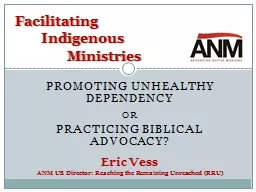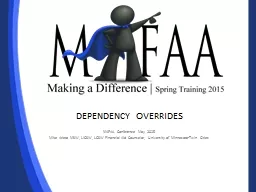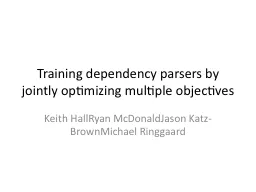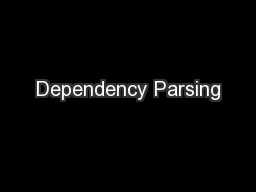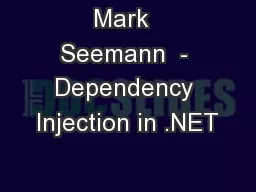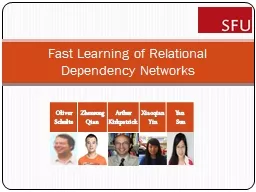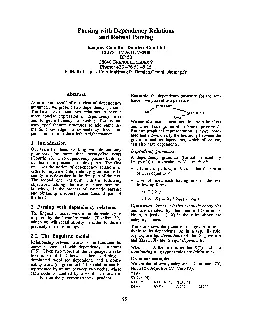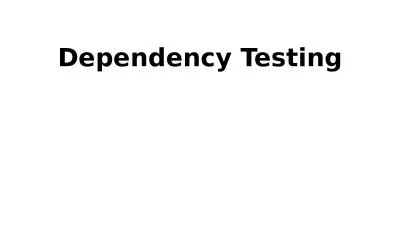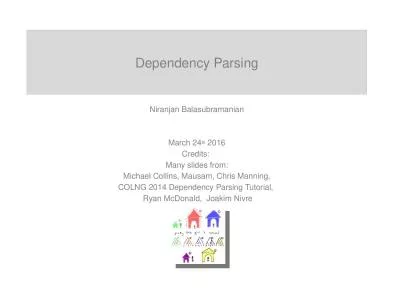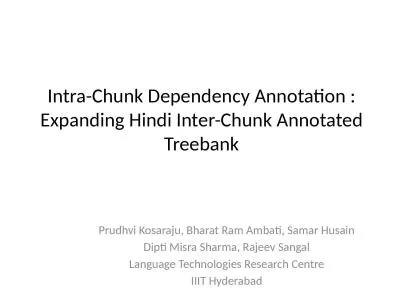PPT-Promoting unhealthy dependency
Author : celsa-spraggs | Published Date : 2017-09-25
or practicing biblical advocacy Eric Vess ANM US Director Reaching the Remaining Unreached RRU Facilitating Indigenous Ministries Mission Strategy Grenades Polarizing
Presentation Embed Code
Download Presentation
Download Presentation The PPT/PDF document "Promoting unhealthy dependency" is the property of its rightful owner. Permission is granted to download and print the materials on this website for personal, non-commercial use only, and to display it on your personal computer provided you do not modify the materials and that you retain all copyright notices contained in the materials. By downloading content from our website, you accept the terms of this agreement.
Promoting unhealthy dependency: Transcript
Download Rules Of Document
"Promoting unhealthy dependency"The content belongs to its owner. You may download and print it for personal use, without modification, and keep all copyright notices. By downloading, you agree to these terms.
Related Documents

